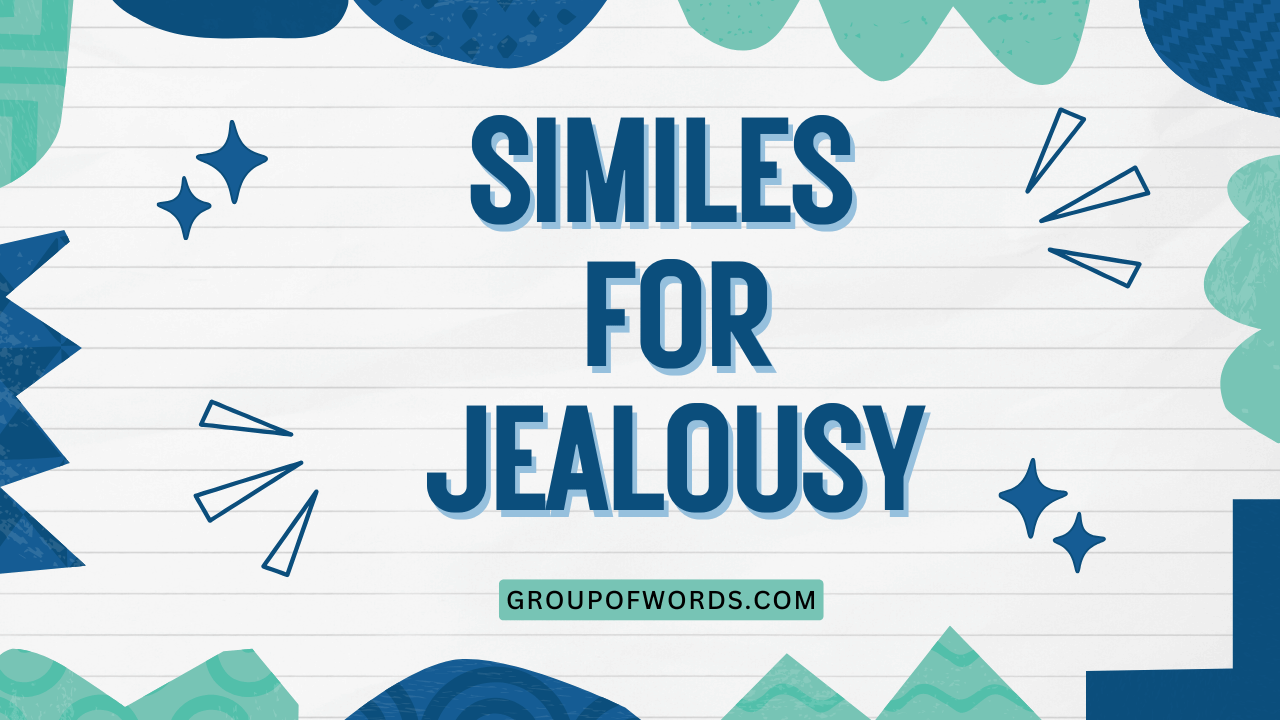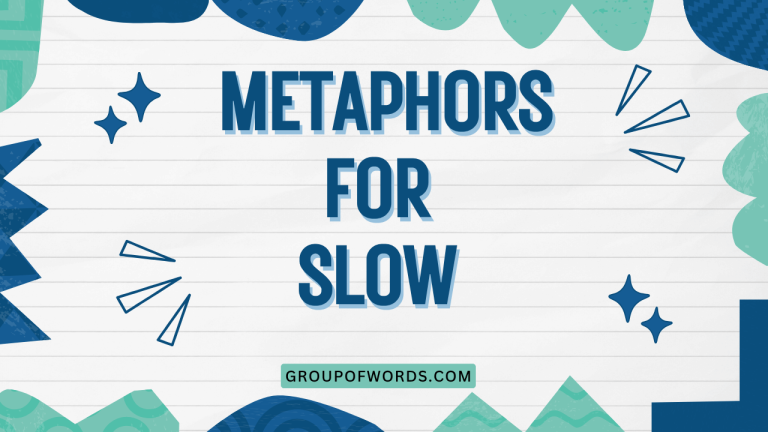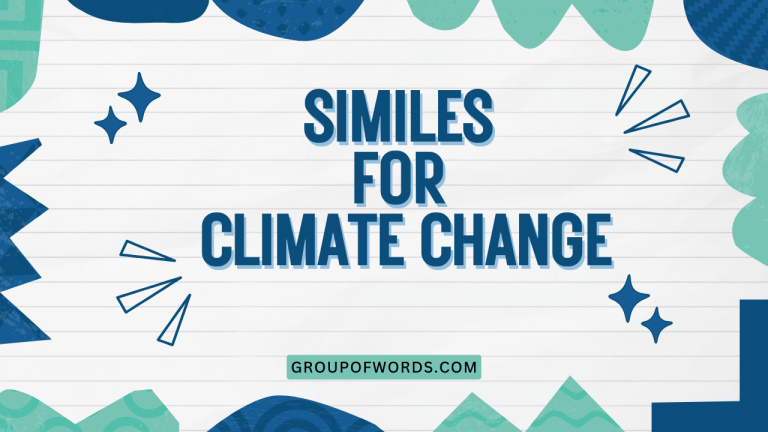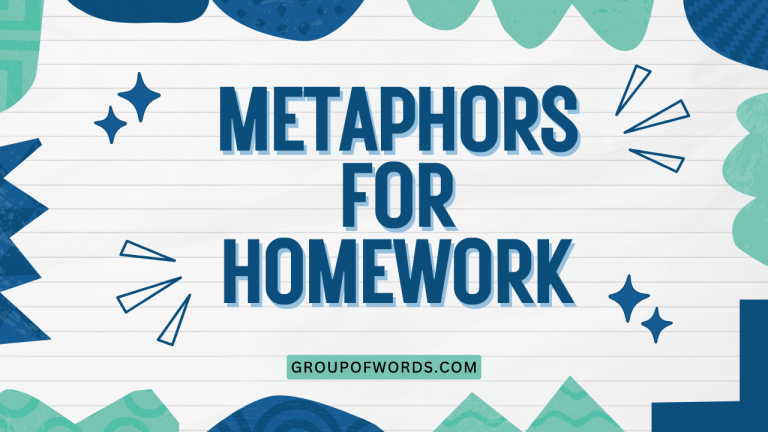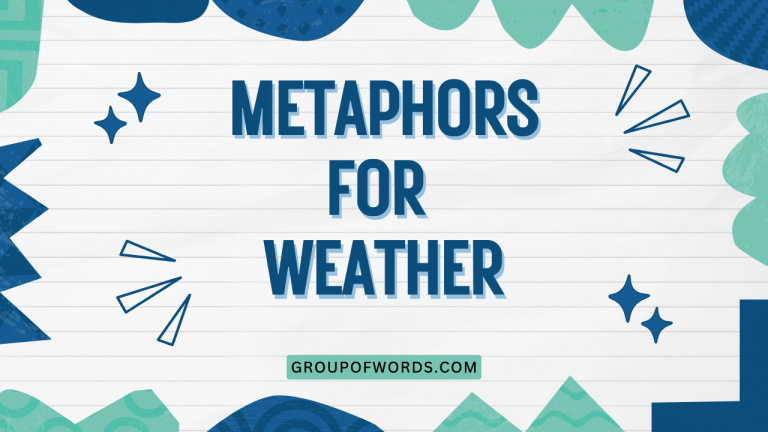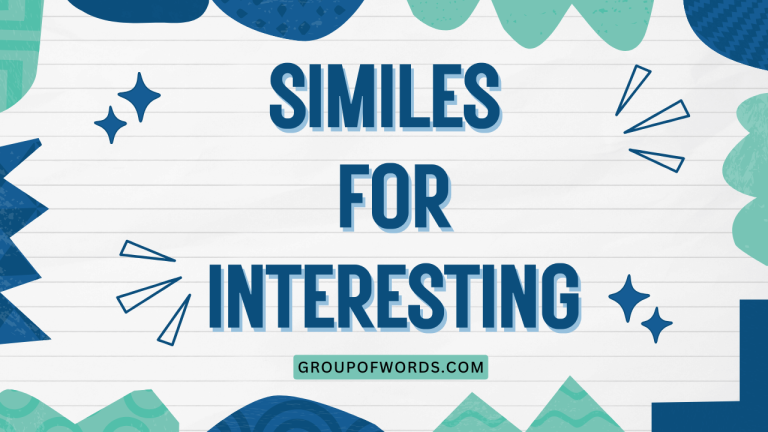Similes for Jealousy: Understanding Comparisons in English
Jealousy, a complex and often intense emotion, is a common subject in literature, everyday conversation, and personal reflection. Expressing this emotion effectively requires a nuanced understanding of language.
Similes, with their ability to draw comparisons between seemingly unrelated things, offer a powerful tool for conveying the depth and intensity of jealousy. This article explores various similes used to describe jealousy, providing clear explanations, examples, and exercises to enhance your understanding and usage of this figurative language.
Whether you are an English language learner, a writer seeking to add depth to your descriptions, or simply someone interested in the intricacies of language, this guide will provide valuable insights.
Table of Contents
- Introduction
- Definition of Simile and Jealousy
- Structural Breakdown of Similes
- Types of Similes for Jealousy
- Examples of Similes for Jealousy
- Usage Rules for Similes
- Common Mistakes with Similes
- Practice Exercises
- Advanced Topics: Nuances of Simile Use
- Frequently Asked Questions
- Conclusion
Definition of Simile and Jealousy
To effectively understand how similes are used to describe jealousy, it’s crucial to define both terms clearly. A simile is a figure of speech that compares two unlike things using “like” or “as.” Jealousy, on the other hand, is a complex emotion characterized by feelings of insecurity, fear, and anger over an anticipated or perceived loss of something of value, especially in reference to a relationship.
Simile Defined
A simile is a figure of speech that directly compares two different things. The comparison is made explicit by the use of words such as “like” or “as.” Similes are used to make descriptions more vivid and relatable by drawing parallels between the subject and something more familiar or understandable.
For instance, saying someone is “as brave as a lion” uses a simile to convey the person’s courage by comparing them to the well-known bravery of a lion. Similes enrich language by adding layers of meaning and imagery.
Jealousy Defined
Jealousy is an emotional response to a perceived threat to a valued relationship or position. It often involves feelings of fear, anger, suspicion, and insecurity.
Jealousy can arise in various contexts, including romantic relationships, friendships, and professional settings. It’s a complex emotion that can range from mild unease to intense rage, and its expression varies widely depending on individual personality and cultural norms.
Understanding the nuances of jealousy is essential for effectively communicating and managing this emotion.
Function of Similes in Describing Jealousy
Similes serve to make the abstract emotion of jealousy more concrete and understandable. By comparing jealousy to tangible objects, sensations, or experiences, writers and speakers can convey the intensity and specific qualities of this emotion more effectively.
For example, describing jealousy as “a fire burning within” uses a simile to convey the consuming and destructive nature of the feeling. Similes allow for a more nuanced and evocative portrayal of jealousy, enhancing the reader’s or listener’s understanding and empathy.
Structural Breakdown of Similes
A simile typically consists of two elements: the subject being described (in this case, jealousy) and the object to which it is being compared. The comparison is explicitly stated using “like” or “as.” Understanding this structure is key to both recognizing and creating effective similes.
Using “Like” and “As”
The words “like” and “as” are the most common indicators of a simile. “Like” is generally used to suggest a resemblance or similarity, while “as” can be used in a similar way or to indicate degree.
For example, “He was as green as envy” uses “as” to directly equate his appearance with the color associated with envy. The choice between “like” and “as” often depends on the specific nuance the writer or speaker wishes to convey.
Identifying Comparison Elements
Identifying the elements being compared is crucial for understanding the meaning and effectiveness of a simile. In the simile “Jealousy is like a venomous snake,” the emotion of jealousy is being compared to a venomous snake.
The comparison highlights the poisonous and harmful nature of jealousy. Recognizing these elements allows for a deeper appreciation of the simile’s intended effect and its contribution to the overall meaning of the text.
Types of Similes for Jealousy
Similes for jealousy can be categorized based on the type of comparison being made. Common categories include animalistic similes, physical sensation similes, and abstract concept similes.
Each type offers a unique way to express the multifaceted nature of jealousy.
Animalistic Similes
Animalistic similes compare jealousy to the behaviors or characteristics of animals. These similes often emphasize the primal, instinctual nature of the emotion.
Examples include “as green as a snake” or “like a dog guarding its bone.” These comparisons evoke strong imagery and highlight the possessive and potentially aggressive aspects of jealousy.
Physical Sensation Similes
Physical sensation similes relate jealousy to physical feelings or sensations. These similes often focus on the discomfort or pain associated with jealousy.
Examples include “like a knot in my stomach” or “as bitter as gall.” These comparisons effectively convey the visceral experience of jealousy, making it more relatable and impactful.
Abstract Concept Similes
Abstract concept similes compare jealousy to abstract ideas or concepts. These similes often explore the more complex and nuanced aspects of the emotion.
Examples include “like a shadow lurking in the background” or “as corrosive as rust.” These comparisons offer a more intellectual and philosophical understanding of jealousy, emphasizing its insidious and destructive potential.
Examples of Similes for Jealousy
The following tables provide numerous examples of similes used to describe jealousy, categorized by type. Each example illustrates the specific qualities of jealousy being emphasized and the effectiveness of the comparison.
Animalistic Similes Examples
This table showcases similes that compare jealousy to animalistic traits, highlighting the primal and possessive aspects of the emotion.
| Simile | Explanation |
|---|---|
| As green as a snake | Refers to the color often associated with envy and the sly, dangerous nature of a snake. |
| Like a dog guarding its bone | Emphasizes the possessive and protective nature of jealousy. |
| As fierce as a lioness protecting her cubs | Highlights the aggressive and protective instincts triggered by jealousy. |
| Like a hawk watching its prey | Conveys the constant vigilance and suspicion associated with jealousy. |
| As venomous as a scorpion’s sting | Emphasizes the poisonous and harmful effects of jealousy. |
| Like a caged animal, restless and angry | Illustrates the feeling of being trapped and agitated by jealousy. |
| As territorial as a wolf | Highlights the possessiveness and desire to protect what is considered one’s own. |
| Like a hissing cat, ready to strike | Conveys the readiness to defend against perceived threats. |
| As predatory as a shark | Emphasizes the relentless and consuming nature of jealousy. |
| Like a spider spinning its web, trapping its victim | Illustrates how jealousy can ensnare and control a person. |
| As watchful as an owl in the night | Conveys the constant surveillance and suspicion. |
| Like a bear protecting its territory | Highlights the fierce protectiveness and possessiveness. |
| As sly as a fox | Emphasizes the cunning and manipulative aspects of jealousy. |
| Like a vulture circling its prey | Conveys the anticipation and eagerness to seize what is desired. |
| As rabid as a dog | Illustrates the uncontrollable and irrational nature of extreme jealousy. |
| Like a cobra ready to strike | Highlights the sudden and dangerous nature of jealousy. |
| As possessive as a dragon guarding its treasure | Emphasizes the intense desire to keep what one values. |
| Like a swarm of bees protecting their hive | Highlights the collective and defensive nature of jealousy. |
| As cunning as a weasel | Emphasizes the sly and manipulative tactics used when jealous. |
| Like a pack of wolves hunting | Conveys the relentless pursuit and intensity of jealous feelings. |
| As protective as a mother hen | Highlights the nurturing and defensive aspects of jealousy. |
| Like a lion roaring to assert dominance | Conveys the need to establish control and superiority. |
| As stealthy as a panther stalking its prey | Emphasizes the secretive and calculated nature of jealousy. |
| Like a bird guarding its nest | Highlights the protectiveness and defensiveness over one’s territory or relationships. |
| As aggressive as a bull in a ring | Illustrates the confrontational and forceful nature of jealousy. |
| Like a pack of hyenas fighting over scraps | Conveys the competitive and ruthless nature of jealousy. |
Physical Sensation Similes Examples
This table presents similes that compare jealousy to physical sensations, emphasizing the discomfort and pain associated with the emotion.
| Simile | Explanation |
|---|---|
| Like a knot in my stomach | Conveys the feeling of anxiety and unease. |
| As bitter as gall | Emphasizes the unpleasant and distasteful nature of jealousy. |
| Like a burning sensation in my chest | Highlights the intense and painful feeling of jealousy. |
| As cold as ice | Conveys the emotional distance and detachment caused by jealousy. |
| Like a weight on my shoulders | Illustrates the burden and oppressiveness of jealousy. |
| As sharp as a knife | Emphasizes the piercing and painful nature of jealousy. |
| Like a lump in my throat | Conveys the feeling of being unable to express one’s emotions. |
| As suffocating as being underwater | Highlights the feeling of being overwhelmed and trapped by jealousy. |
| Like a constant headache | Illustrates the persistent and irritating nature of jealousy. |
| As prickly as a cactus | Conveys the defensiveness and irritability caused by jealousy. |
| Like a chill down my spine | Emphasizes the fear and unease associated with jealousy. |
| As heavy as lead | Illustrates the oppressive and burdensome feeling of jealousy. |
| Like a stabbing pain in my heart | Conveys the intense emotional pain caused by jealousy. |
| As dry as the desert | Emphasizes the emotional emptiness and lack of connection caused by jealousy. |
| Like a tightening in my chest | Highlights the anxiety and stress associated with jealousy. |
| As raw as an open wound | Conveys the vulnerability and pain caused by jealousy. |
| Like a persistent itch I can’t scratch | Illustrates the irritating and unsatisfying nature of jealousy. |
| As nauseating as seasickness | Emphasizes the sickening and overwhelming feeling of jealousy. |
| Like a pressure building in my head | Conveys the tension and stress caused by jealousy. |
| As constricting as a tightrope | Highlights the feeling of being restricted and controlled by jealousy. |
| Like a burning ember in my soul | Emphasizes the smoldering, internal pain of jealousy. |
| As unsettling as a bad dream | Conveys the disturbing and disorienting nature of jealousy. |
| Like a phantom limb, always aching | Illustrates the persistent sense of loss and longing. |
| As suffocating as a woolen blanket in summer | Highlights the discomfort and oppressiveness of jealousy. |
| Like a persistent cough, never quite gone | Conveys the lingering and irritating nature of jealous thoughts. |
| As draining as a fever | Emphasizes the exhausting and debilitating effects of jealousy. |
Abstract Concept Similes Examples
This table provides similes that compare jealousy to abstract concepts, emphasizing the complex and nuanced aspects of the emotion.
| Simile | Explanation |
|---|---|
| Like a shadow lurking in the background | Conveys the constant presence and hidden nature of jealousy. |
| As corrosive as rust | Emphasizes the destructive and damaging effects of jealousy. |
| Like a poison seeping into my veins | Highlights the toxic and harmful nature of jealousy. |
| As insidious as a virus | Conveys the subtle and pervasive nature of jealousy. |
| Like a dark cloud hanging overhead | Illustrates the oppressive and gloomy feeling of jealousy. |
| As heavy as guilt | Emphasizes the burden and regret associated with jealousy. |
| Like a thief stealing my joy | Conveys the feeling of being robbed of happiness by jealousy. |
| As consuming as a fire | Highlights the all-encompassing and destructive nature of jealousy. |
| Like a weed choking the flowers | Illustrates how jealousy can stifle and destroy positive emotions. |
| As distorting as a funhouse mirror | Conveys how jealousy can warp perception and reality. |
| Like a storm brewing on the horizon | Emphasizes the impending and threatening nature of jealousy. |
| As isolating as a prison | Highlights the feeling of being trapped and alone due to jealousy. |
| Like a curse hanging over my head | Conveys the feeling of being doomed or haunted by jealousy. |
| As blinding as rage | Emphasizes how jealousy can cloud judgment and reason. |
| Like a monster lurking in the shadows | Illustrates the fear and anxiety associated with jealousy. |
| As paralyzing as fear | Conveys how jealousy can immobilize and prevent action. |
| Like a phantom pain that never fades | Highlights the persistent and haunting nature of jealousy. |
| As suffocating as despair | Emphasizes the overwhelming and oppressive feeling of jealousy. |
| Like a ticking time bomb | Conveys the sense of impending explosion and disaster. |
| As destructive as a hurricane | Highlights the devastating and widespread effects of jealousy. |
| Like a self-fulfilling prophecy | Illustrates how jealousy can create the very outcome it fears. |
| As omnipresent as air | Emphasizes the pervasive and inescapable nature of jealousy. |
| Like a broken record, repeating the same doubts | Conveys the repetitive and obsessive nature of jealous thoughts. |
| As disorienting as a maze | Highlights the confusion and uncertainty caused by jealousy. |
| Like a slow leak, gradually draining happiness | Illustrates how jealousy can erode joy over time. |
| As isolating as being on a deserted island | Emphasizes the feeling of loneliness and disconnection caused by jealousy. |
Usage Rules for Similes
To use similes effectively, it’s important to adhere to certain guidelines. These rules ensure that the similes are clear, relevant, and culturally sensitive.
Clarity and Relevance
A good simile should be clear and easily understood. The comparison should be relevant to the subject being described and should enhance the reader’s understanding.
Avoid using obscure or confusing comparisons that detract from the overall message. The connection between the two elements should be immediately apparent and contribute to a more vivid and impactful description.
Cultural Sensitivity
Be mindful of cultural differences and sensitivities when using similes. Some comparisons may have different connotations in different cultures, leading to misunderstandings or offense.
It’s important to choose similes that are universally relatable and avoid those that perpetuate stereotypes or cultural biases. Consider the audience and context to ensure that the simile is appropriate and effective.
Common Mistakes with Similes
Several common mistakes can detract from the effectiveness of similes. These include overuse and mixing metaphors and similes.
Recognizing and avoiding these errors will improve the quality of your writing.
Overuse of Similes
Using too many similes in a short space can make your writing seem contrived and artificial. Similes should be used sparingly and strategically to enhance specific descriptions, not as a substitute for original thought.
Overuse can also dilute the impact of each individual simile, making them less effective overall. Focus on quality over quantity, and choose similes that are truly meaningful and impactful.
Mixing Metaphors and Similes
Mixing metaphors and similes can create confusing and nonsensical imagery. Ensure that your comparisons are consistent and logical.
Avoid combining elements that contradict each other or create a jarring effect. For example, avoid phrases like “He was as strong as an ox, but his dreams were crashing down around him like a house of cards,” as it mixes unrelated images.
Maintain a clear and consistent image throughout your writing.
Practice Exercises
These exercises will help you practice identifying, completing, and creating similes for jealousy. Each exercise is designed to reinforce your understanding of the concepts covered in this article.
Exercise 1: Identifying Similes
Identify the similes in the following sentences.
| Question | Answer |
|---|---|
| 1. Her jealousy was like a dark cloud hanging over their relationship. | Her jealousy was like a dark cloud hanging over their relationship. |
| 2. He felt as bitter as gall when he saw them together. | He felt as bitter as gall when he saw them together. |
| 3. The green-eyed monster is a common way to describe jealousy. | (No simile present) |
| 4. Her suspicions were as sharp as a knife. | Her suspicions were as sharp as a knife. |
| 5. His jealousy burned like a fire in his heart. | His jealousy burned like a fire in his heart. |
| 6. She guarded her relationship like a lioness protecting her cubs. | She guarded her relationship like a lioness protecting her cubs. |
| 7. His resentment was a heavy burden to carry. | (No simile present) |
| 8. Jealousy is an emotion that can consume you. | (No simile present) |
| 9. He watched her like a hawk, never letting her out of his sight. | He watched her like a hawk, never letting her out of his sight. |
| 10. Her jealousy was as insidious as a virus, slowly poisoning their bond. | Her jealousy was as insidious as a virus, slowly poisoning their bond. |
Exercise 2: Completing Similes
Complete the following similes with appropriate endings.
| Question | Answer |
|---|---|
| 1. His jealousy was as green as _____. | His jealousy was as green as envy. |
| 2. She felt like a _____ when she saw them laughing together. | She felt like a fool when she saw them laughing together. |
| 3. His suspicions grew like _____. | His suspicions grew like weeds. |
| 4. Her anger was as hot as _____. | Her anger was as hot as lava. |
| 5. He felt like he was drowning in _____. | He felt like he was drowning in jealousy. |
| 6. Her words cut like _____. | Her words cut like knives. |
| 7. He guarded his reputation like _____. | He guarded his reputation like gold. |
| 8. Her heart ached like _____. | Her heart ached like a broken bone. |
| 9. He felt as though he was trapped like _____. | He felt as though he was trapped like a caged bird. |
| 10. Her envy spread like _____. | Her envy spread like wildfire. |
Exercise 3: Creating Similes
Create your own similes to describe the following scenarios of jealousy.
| Scenario | Example Simile |
|---|---|
| 1. Seeing your partner talking intimately with someone else. | Seeing my partner talking intimately with someone else felt like a punch to the gut. |
| 2. Feeling overshadowed by a colleague’s success. | Feeling overshadowed by my colleague’s success was like a shadow constantly looming over me. |
| 3. Realizing your best friend is closer to someone else. | Realizing my best friend is closer to someone else felt like a piece of my heart was missing. |
| 4. Watching someone else receive the recognition you deserved. | Watching someone else receive the recognition I deserved felt like a thief had stolen my victory. |
| 5. Discovering your partner has been secretly communicating with an ex. | Discovering my partner has been secretly communicating with an ex was like a bomb exploding in my trust. |
| 6. Witnessing your friend achieve a goal you’ve been striving for. | Witnessing my friend achieve a goal I’ve been striving for felt like a door slammed shut in my face. |
| 7. Realizing your sibling is favored by your parents. | Realizing my sibling is favored by my parents felt like I was always living in their shadow. |
| 8. Seeing your crush flirting with someone else. | Seeing my crush flirting with someone else felt like a cold wave washing over me. |
| 9. Knowing your partner finds someone else attractive. | Knowing my partner finds someone else attractive felt like a crack forming in our foundation. |
| 10. Feeling replaced in a group of friends. | Feeling replaced in my group of friends felt like I was fading into the background. |
Advanced Topics: Nuances of Simile Use
For advanced learners, understanding the more nuanced aspects of simile use can elevate your writing and communication skills. These topics include extended similes and ironic similes.
Extended Similes
An extended simile is a simile that is developed over several lines or sentences. It allows for a more detailed and elaborate comparison, creating a richer and more vivid image in the reader’s mind.
Extended similes are particularly effective for conveying complex emotions or ideas. For example, instead of saying “His jealousy was like a fire,” you could say, “His jealousy was like a fire, starting as a small ember of suspicion, slowly growing into a consuming blaze that threatened to engulf everything in its path.”
Ironic Similes
An ironic simile uses comparison to convey the opposite of what is literally stated. This can be used for humorous or satirical effect.
For example, saying “He was as calm as a hurricane” uses an ironic simile to convey that he was anything but calm. The contrast between the literal comparison and the actual situation creates a sense of irony and can add depth and complexity to the writing.
Frequently Asked Questions
Here are some frequently asked questions about similes and their use in describing jealousy.
- What is the difference between a simile and a metaphor?
A simile compares two things using “like” or “as,” while a metaphor directly equates two things without using those words. For example, “He is like a lion” is a simile, while “He is a lion” is a metaphor.
- Can a simile be too obvious?
Yes, a simile can be too obvious if the comparison is cliché or unoriginal. Effective similes should offer a fresh and insightful perspective.
- How can I make my similes more creative?
To make your similes more creative, try to think outside the box and draw comparisons between unexpected things. Use vivid language and sensory details to create a strong image in the reader’s mind.
- Is it okay to use similes in formal writing?
Yes, similes can be used in formal writing, but they should be used sparingly and strategically. Ensure that the similes are appropriate for the tone and audience of the writing.
- How do I avoid mixing metaphors and similes?
To avoid mixing metaphors and similes, be consistent with your comparisons. Choose one dominant image or idea and stick with it throughout the passage.
- What are some common clichés to avoid when writing similes about jealousy?
Avoid overused phrases like “green with envy” or “the green-eyed monster.” Instead, aim for more original and evocative comparisons.
- How can cultural context affect the interpretation of a simile?
Different cultures may have different associations with certain objects or concepts. Be aware of these differences and choose similes that are universally relatable or appropriate for your target audience.
- Can similes be used in spoken language as effectively as in written language?
Yes, similes can be very effective in spoken language, as they can quickly and vividly convey a message. However, it’s important to use them naturally and avoid sounding overly formal or contrived.
Conclusion
Similes are a valuable tool for expressing the complex emotion of jealousy in English. By understanding the structure, types, and usage rules of similes, you can effectively convey the intensity and nuances of this emotion in your writing and speech.
Remember to use similes judiciously, ensuring that they are clear, relevant, and culturally sensitive. Practice creating your own similes to enhance your descriptive skills and add depth to your communication.
With careful consideration and practice, you can master the art of using similes to vividly portray the multifaceted nature of jealousy.
